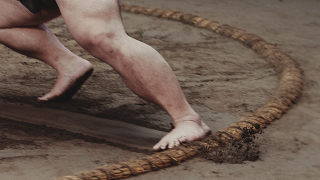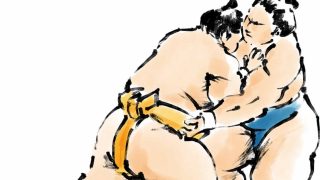 Introduction
Introduction Kachikoshi Explained: Understanding Sumo’s Winning Record Standard and Its Impact on Wrestlers
Sumo is more than strength and tradition—it is also about results. The term “Kachikoshi” refers to finishing a tournament with more wins than losses. For wrestlers, this milestone is critical: 8 victories out of 15 guarantee Kachikoshi, while fewer wins often mean demotion. By learning this simple yet powerful concept, even newcomers and overseas fans can appreciate how Kachikoshi shapes careers and fuels the excitement of sumo.









